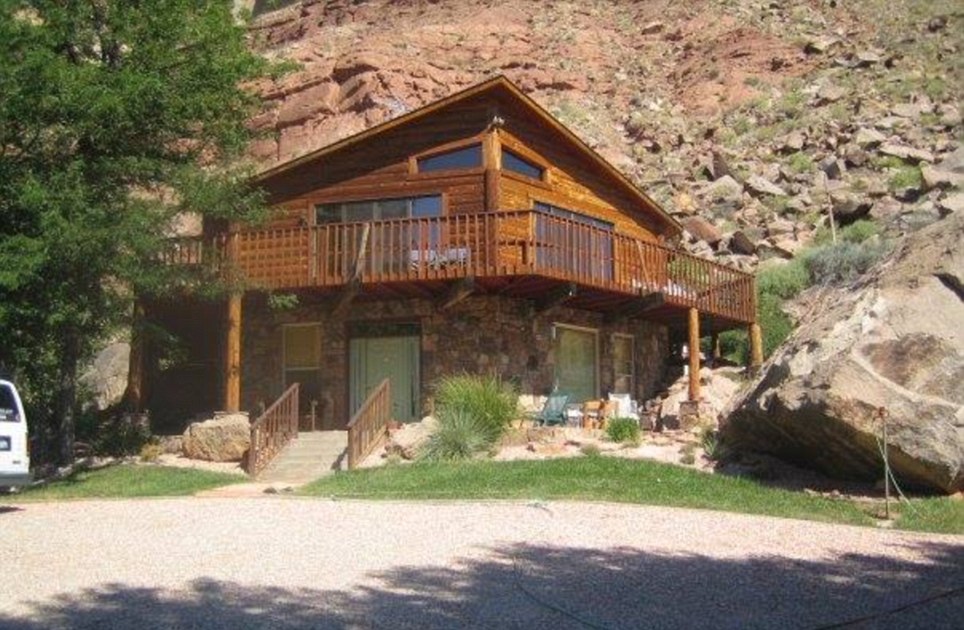13 December 2013
The Utah rockfall tragedy – the importance of interpreting clues in the landscape
Posted by Dave Petley
The Utah rockfall event
In the ironically named Rockville in Utah, a rockfall last night crushed a house, killing the two inhabitants. The Utah rockfall was a hard rock slope failure on a large-scale. The image below (from the Daily Mail – who incidentally have an interesting view of the size of an elephant!) shows that this was a massive block:

http://www.dailymail.co.uk/news/article-2523067/Boulder-size-elephant-crushes-entire-house-instantly-kills-inhabitants-Utah-landslide.html
..
The same article also has a view of the house before the collapse:

http://www.dailymail.co.uk/news/article-2523067/Boulder-size-elephant-crushes-entire-house-instantly-kills-inhabitants-Utah-landslide.html
..
Implications of the Utah Rockfall for hazard assessment
This tragedy does serve to illustrate a key point about rockfall hazard assessment, which is that debris from earlier events often gives a pretty good indication of the hazard. In allowing the selection of a site close to a rock cliff, a key first consideration should be the level of rockfall hazard, as indicated by boulders from previous events. the image below is from Google Earth, dated earlier this year. I have highlighted at the crest of the slope potentially unstable blocks of rock, and at the toe the house that the boulder struck:
A zoom into the area around the house shows that it was surrounded by very large boulders – these are of course the debris from previous very large rock slope collapses (and one of them is very clear in the photograph of the house above):
..
The presence of these boulders should have been at least an initial flag that this was a potentially dangerous location. Coupled with the structure at the top of the slope, the situation looks still worse.
An interesting challenge to the authorities in the aftermath of the Utah rockfall tragedy will be assessing the safety of the remaining houses at the foot of the slope.




 Dave Petley is the Vice-Chancellor of the University of Hull in the United Kingdom. His blog provides commentary and analysis of landslide events occurring worldwide, including the landslides themselves, latest research, and conferences and meetings.
Dave Petley is the Vice-Chancellor of the University of Hull in the United Kingdom. His blog provides commentary and analysis of landslide events occurring worldwide, including the landslides themselves, latest research, and conferences and meetings.
nice houce
there being really dramact about i tho like its just a tiny rock tell your house to move so the rock doesnt hit it